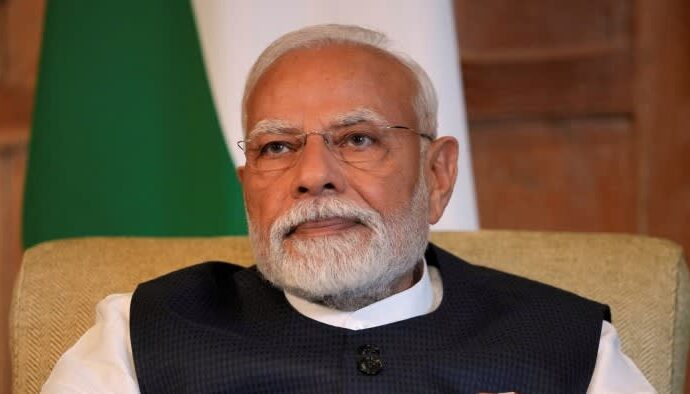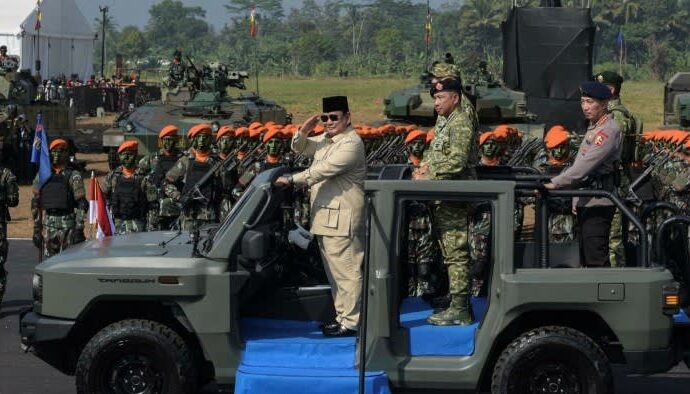Receive free Taiwan updates
We’ll send you a myFT Daily Digest email rounding up the latest Taiwan news every morning.
Taiwan’s armed forces have practised repelling an air assault on the country’s largest international airport for the first time, as Taipei seeks to strengthen its defences against aggression from China with more realistic military drills.
Although small in scale, the drills on Wednesday marked a step in transforming Taiwan’s annual Han Kuang military exercises from what analysts have criticised as a mere showpiece into a more authentic test of potential scenarios of an armed conflict with China.
“The progress is very slow, in fact too slow considering the threat we are facing,” said a Taiwanese military scholar who has been involved in designing and running war games. “But it is good that we finally see them practise for scenarios where Chinese soldiers make it here and they have to fight them face to face.”
China claims Taiwan as part of its territory and has threatened the use of force if Taipei refuses to submit under its control indefinitely. Taipei has grown more alarmed in recent years about the possibility of an attack because of Beijing’s growing military power and increasingly aggressive activity around the island.
Taiwan is most concerned that frequent manoeuvres by the People’s Liberation Army in its vicinity could help Beijing gain the upper hand through gradual pressure, rather than with a fight. But Taiwan is still preparing its military for full war, partly as a deterrence effort.
During the drills on Wednesday, a formation of Black Hawk helicopters landed at Taiwan Taoyuan International Airport, about 30km west of the capital. Each dropped six machine gun-carrying soldiers marked in red to simulate a Chinese invasion force.
They were escorted by a group of Apache attack helicopters that targeted ground-based defenders. After a half-hour battle, the Taiwanese forces on the ground prevailed and re-established control.
If Beijing were to attempt a forced annexation of Taiwan, seizing its air and seaports would be necessary to transport an occupying force of hundreds of thousands.
“In the opening phase of an attack, the PLA would try to hit most military airports in order to cripple our air force, but they would not destroy all civilian airports because they need ways in for their troops,” said Shu Hsiao-huang, a research fellow at the Institute for National Defense and Security Research, the defence ministry’s think-tank in Taipei.
Shu added that Taiwan’s armed forces were not familiar with civilian airports such as Taoyuan, “but they have to exercise this to be able to fend off such an air drop attack and protect this critical infrastructure”.
Less than two dozen beaches in Taiwan are suitable for a Normandy-style amphibious invasion because most of the island’s long coastline is rocky, built-up or characterised by mudflats. Moreover, the PLA still falls far short of the ship capacity needed to carry out an amphibious invasion, according to analysts at the US Naval War College.
On Thursday, Taiwan’s military will practise fending off attacks on the port of Taipei and an amphibious invasion force on Bali beach at the mouth of the Tamsui river, which forms a natural opening into the Taipei basin.
The week-long Han Kuang drills include tests of sheltering and resupplying naval and air force assets on alternative bases in mountainous eastern Taiwan, as well as defending air and maritime transport corridors against a Chinese blockade.

